Bringing new life into the world carries significant responsibility, and this holds especially true for lizard breeding. As reptile keeping continues to grow in popularity, more owners contemplate breeding their scaly companions. However, ethical lizard breeding requires substantial knowledge, preparation, and commitment beyond casual ownership. Before embarking on this journey, responsible owners must understand the complexities involved – from genetics and proper husbandry to market considerations and lifetime care commitments. This article explores the critical aspects of ethical lizard breeding to help owners make informed decisions that prioritize animal welfare while potentially contributing positively to the reptile community.
Understanding Your Species’ Reproductive Biology
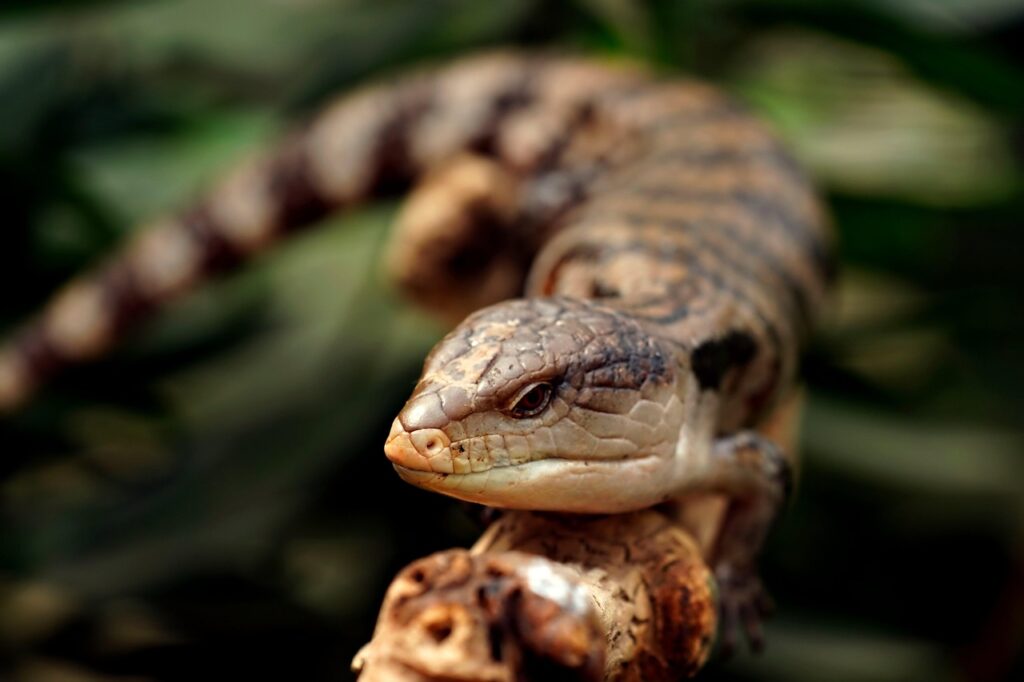
Different lizard species have vastly different reproductive strategies, making species-specific research absolutely essential before breeding. Some species, like bearded dragons and leopard geckos, lay eggs (oviparous), while others like blue-tongued skinks give birth to live young (viviparous). Reproductive timing varies dramatically between species – some breed seasonally while others can reproduce year-round under appropriate conditions. Additionally, sexual maturity is determined not just by age but by size, health status, and environmental conditions, meaning that responsible breeders must understand their specific species’ indicators of breeding readiness. Understanding these biological fundamentals forms the foundation of ethical breeding practices and helps prevent potentially dangerous breeding attempts with immature or unhealthy animals.
Ensuring Proper Genetic Health
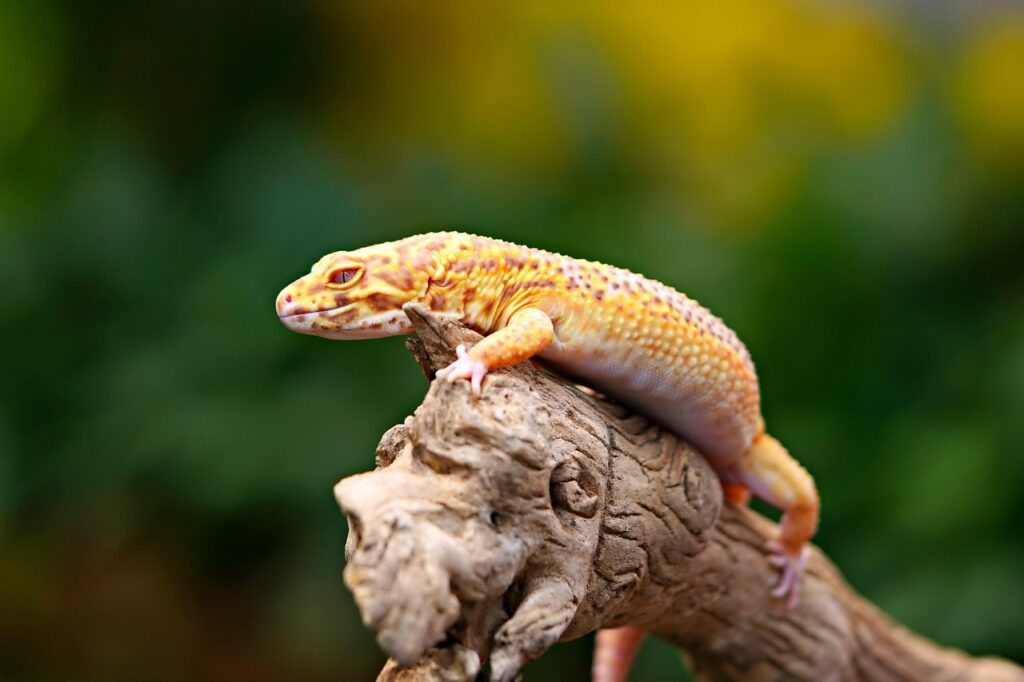
Ethical breeding requires careful consideration of genetic health to avoid perpetuating hereditary issues or problematic traits. Before breeding, owners should thoroughly research their lizards’ genetic backgrounds and understand common hereditary issues within the species or morph. Responsible breeders avoid pairing closely related animals to prevent genetic abnormalities from inbreeding, which can manifest as developmental issues, reduced fertility, or weakened immune systems. Many morphs, particularly in species like leopard geckos and bearded dragons, carry genetic complications when certain traits are combined or expressed in homozygous forms. For instance, “Spider” ball pythons often exhibit neurological issues, while “Enigma” leopard geckos can suffer from Enigma Syndrome – ethical breeders must understand and carefully navigate these genetic considerations to prevent animal suffering.
Creating Optimal Breeding Environments
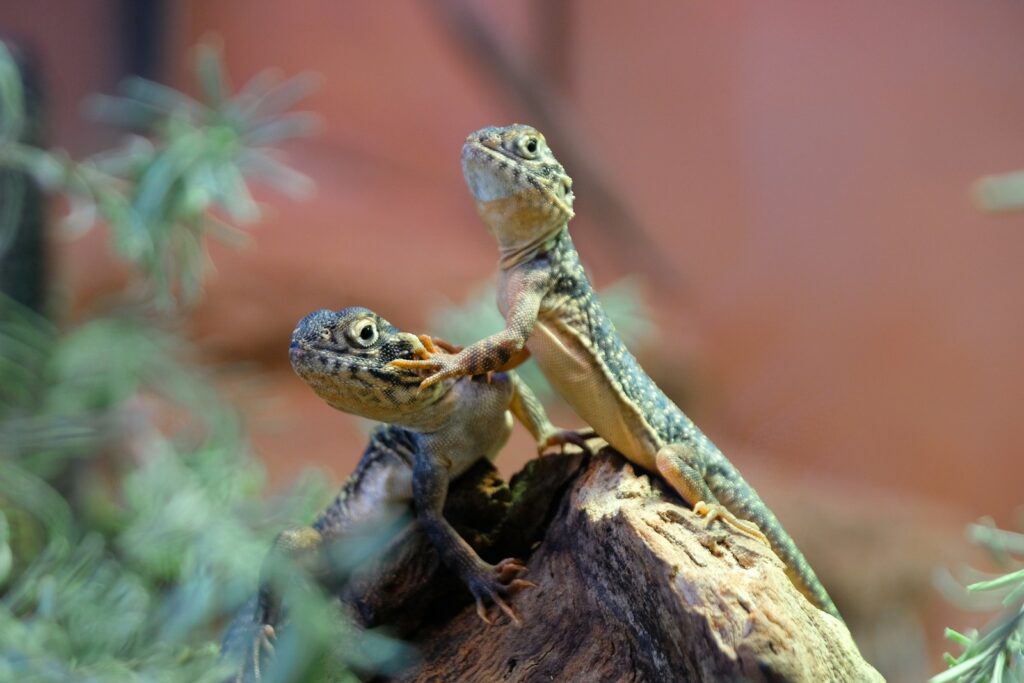
The breeding environment plays a crucial role in successful and ethical lizard reproduction, requiring meticulous preparation and monitoring. Many species need specific environmental cues like temperature cycling, rainfall simulation, or photoperiod adjustments to trigger breeding behaviors naturally. Breeding enclosures must provide appropriate space, hiding areas, and specialized layouts that accommodate courtship behaviors while allowing females to retreat if needed. Substrate choices become particularly important for egg-laying species, which require proper depth and moisture content for successful nesting. Temperature gradients must be precisely maintained, as they not only affect breeding behavior but also determine sex ratios in many temperature-dependent sex determination species like certain geckos and some agamids.
Nutritional Requirements for Breeding Lizards
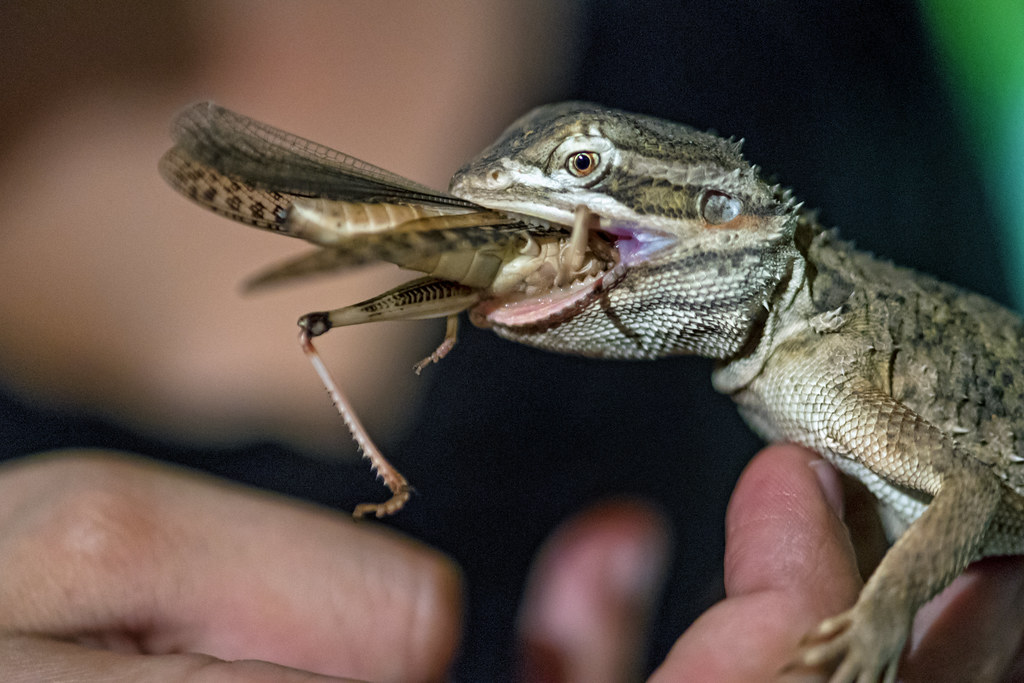
Breeding places enormous nutritional demands on lizards, especially females, requiring significant dietary adjustments both before and after reproduction. Female lizards need increased calcium to support egg production without depleting their own bodily reserves, which can lead to metabolic bone disease if inadequately supplemented. Protein requirements typically increase during breeding season, necessitating more frequent feeding schedules and higher-quality prey items like dusted insects, appropriately-sized rodents, or specialized commercial diets depending on the species. Vitamin supplements, particularly those containing vitamin D3, calcium, and multivitamins, must be administered on species-appropriate schedules to support reproductive health. Post-breeding females often require specialized recovery diets and supplementation to rebuild their nutritional reserves, especially after producing multiple clutches or live births that have depleted their body resources.
Preparing for Egg Incubation or Neonate Care

Successful breeding extends far beyond mating and requires advance preparation for either egg incubation or neonate care. Egg-laying species necessitate proper incubation setups with controlled temperature and humidity levels specific to the species, requiring significant investment in equipment like incubators, monitoring devices, and appropriate incubation media. Incubation parameters aren’t universal – temperatures and humidity levels must be researched specifically for each species, with some requiring temperature cycling or specialized incubation techniques. For viviparous species, preparations focus instead on birthing setups and immediate care for potentially dozens of live young, including appropriately sized enclosures with proper heating and hiding spots. Both approaches require owners to prepare housing and care protocols for potentially large numbers of offspring, a logistical and financial commitment that must be considered well in advance.
Health Risks to Breeding Females

Female lizards face several serious health risks during reproduction that ethical breeders must understand and prepare to address. Egg binding (dystocia) represents one of the most dangerous complications, where females struggle to pass eggs or live young, potentially resulting in death without veterinary intervention. Calcium depletion during egg production can lead to metabolic bone disease, causing skeletal deformities, muscle weakness, and in severe cases, death. Repeated breeding cycles without adequate recovery periods can exhaust females, compromising their immune systems and significantly shortening their lifespans. Post-reproductive complications like prolapse, infection, or nutritional collapse require prompt veterinary attention, meaning breeders must have access to experienced reptile veterinarians and emergency funds set aside before initiating breeding.
The Market Responsibility

Ethical lizard breeding requires honest assessment of the market and thoughtful placement of offspring rather than simply producing animals without consideration for their futures. Before breeding, responsible owners research current market conditions for their species to determine whether offspring can realistically find suitable homes rather than contributing to market saturation and devaluation. Common morphs and species already in abundance may face challenges finding homes, while rarer morphs might attract irresponsible buyers seeking status rather than committing to proper care. Ethical breeders develop screening processes for potential buyers, including questionnaires about housing, experience level, and long-term care commitments. Additionally, responsible breeders provide comprehensive care information, ongoing support, and often contractual agreements regarding the animals’ welfare rather than simply selling to the highest bidder.
Financial Considerations of Breeding

The financial reality of lizard breeding extends far beyond potential profit, requiring substantial investment that many novice breeders underestimate. Initial setup costs include breeding enclosures, egg incubation equipment, and housing for potentially dozens of offspring, representing thousands of dollars before a single egg hatches. Veterinary costs increase significantly with breeding, from pre-breeding health assessments to potential emergency interventions for complications like egg binding, which can cost hundreds or thousands of dollars per incident. Feeding costs multiply exponentially when raising numerous growing offspring, especially for insectivorous species requiring daily feedings of live prey. Additionally, breeding operations typically require increased electricity consumption for additional heating, lighting, and incubation equipment, further raising operational costs that often exceed any potential revenue for small-scale or hobby breeders.
Ethical Considerations Around Specialized Morphs

The pursuit of specialized color and pattern morphs raises significant ethical questions that responsible breeders must carefully evaluate. Some popular morphs carry known health issues, like neurological problems in certain leopard gecko varieties or mobility issues in bearded dragons with specific spine or limb mutations. “Designer breeding” focusing solely on appearance sometimes prioritizes aesthetics over health, potentially creating animals with compromised quality of life for the sake of market desirability. Responsible breeders thoroughly research the health implications of specific genetic combinations before breeding and avoid producing morphs with known serious health complications regardless of market demand. The ethical breeder must constantly evaluate whether breeding decisions serve the animals’ best interests or merely human preferences for novelty and unusual appearances.
Developing a Responsible Breeding Plan

Ethical lizard breeding requires developing a comprehensive breeding plan that extends beyond simply pairing animals. Responsible breeders document detailed records of their animals’ genetic backgrounds, health histories, and breeding outcomes to inform future decisions and contribute to the broader understanding of the species. Breeding frequency must be carefully managed to prevent overbreeding females, with appropriate recovery periods between breeding cycles that may span months or even years depending on the species. Age limitations should be established, with breeding restricted to animals in their prime reproductive years rather than very young or aging individuals. Additionally, ethical breeding plans include contingency provisions for unsold offspring, ensuring that all animals produced will receive appropriate lifelong care regardless of market conditions or sales outcomes.
Legal and Regulatory Compliance

Lizard breeding activities must navigate a complex landscape of varying legal requirements that differ significantly by location. Some jurisdictions require special permits for breeding certain species, particularly those considered invasive or potentially dangerous, with substantial penalties for non-compliance. CITES (Convention on International Trade in Endangered Species) regulations apply to many reptile species, restricting breeding and sale of protected species without appropriate documentation proving captive-bred status. Local zoning ordinances may limit the number of animals kept in residential settings or prohibit commercial breeding activities in certain areas. Additionally, shipping regulations for live animals vary by carrier and location, with some species facing shipping restrictions or requiring special handling protocols that breeders must understand and follow to remain compliant with animal welfare regulations.
Creating Supportive Networks

Successful ethical breeding benefits enormously from establishing connections with experienced mentors and support systems before embarking on breeding projects. Joining herpetological societies, species-specific organizations, and breeding forums provides access to collective knowledge that can help navigate common challenges and avoid preventable mistakes. Establishing relationships with reptile-experienced veterinarians before emergency situations arise ensures prompt care when breeding complications occur, potentially saving animals’ lives during critical situations. Fellow breeders can offer practical advice on species-specific breeding techniques, genetic considerations, and market realities based on personal experience rather than theoretical knowledge. These networks also create potential rehoming channels if offspring production exceeds market demand, ensuring animals find appropriate homes with knowledgeable keepers rather than facing uncertain futures.
Knowing When Not to Breed
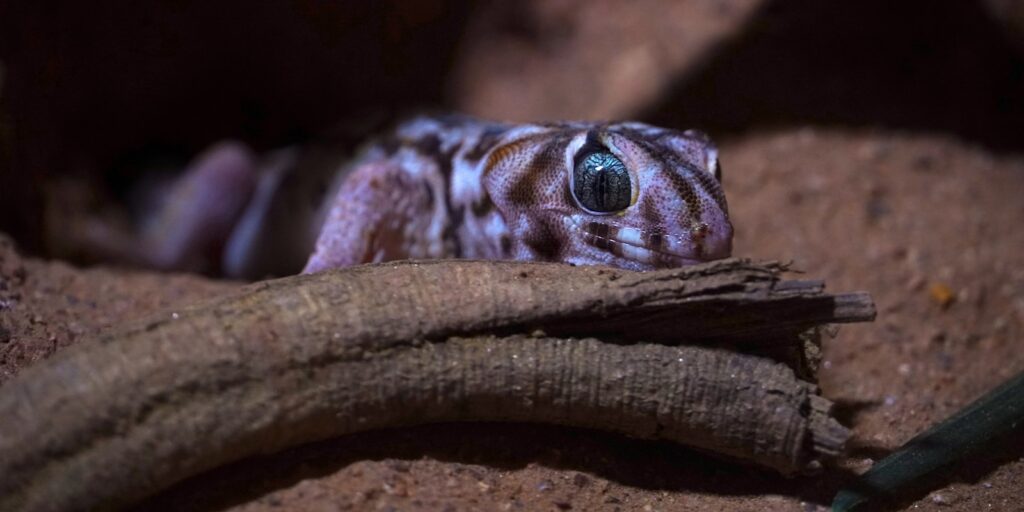
Perhaps the most crucial aspect of ethical lizard breeding is recognizing situations where breeding should not occur, regardless of desire or potential profit. Animals with genetic defects, chronic health issues, or compromised physical condition should be excluded from breeding programs to prevent passing problematic traits to offspring. Market saturation for particular species or morphs may signal a need to pause breeding activities when finding appropriate homes becomes challenging. First-time owners typically benefit from several years of general husbandry experience before attempting breeding, as reproduction introduces complexities requiring advanced care knowledge. Most importantly, ethical owners must honestly assess their capacity to provide appropriate care for all potential offspring for their entire lifespan if necessary, recognizing that the commitment extends far beyond the excitement of hatching or birth events.
Ethical lizard breeding represents a significant commitment that extends far beyond casual pet ownership. It demands thorough species research, financial investment, advanced husbandry knowledge, and a genuine commitment to animal welfare throughout the entire process. Responsible breeders prioritize the health and wellbeing of their animals above profit or the excitement of producing offspring, carefully considering genetic implications, market realities, and lifetime care requirements. By approaching lizard breeding with thoughtful preparation and ethical considerations, keepers can potentially make positive contributions to the reptile community while ensuring the best possible outcomes for the animals in their care. The most ethical decision may sometimes be not to breed at all – a recognition that truly puts the animals’ interests first.

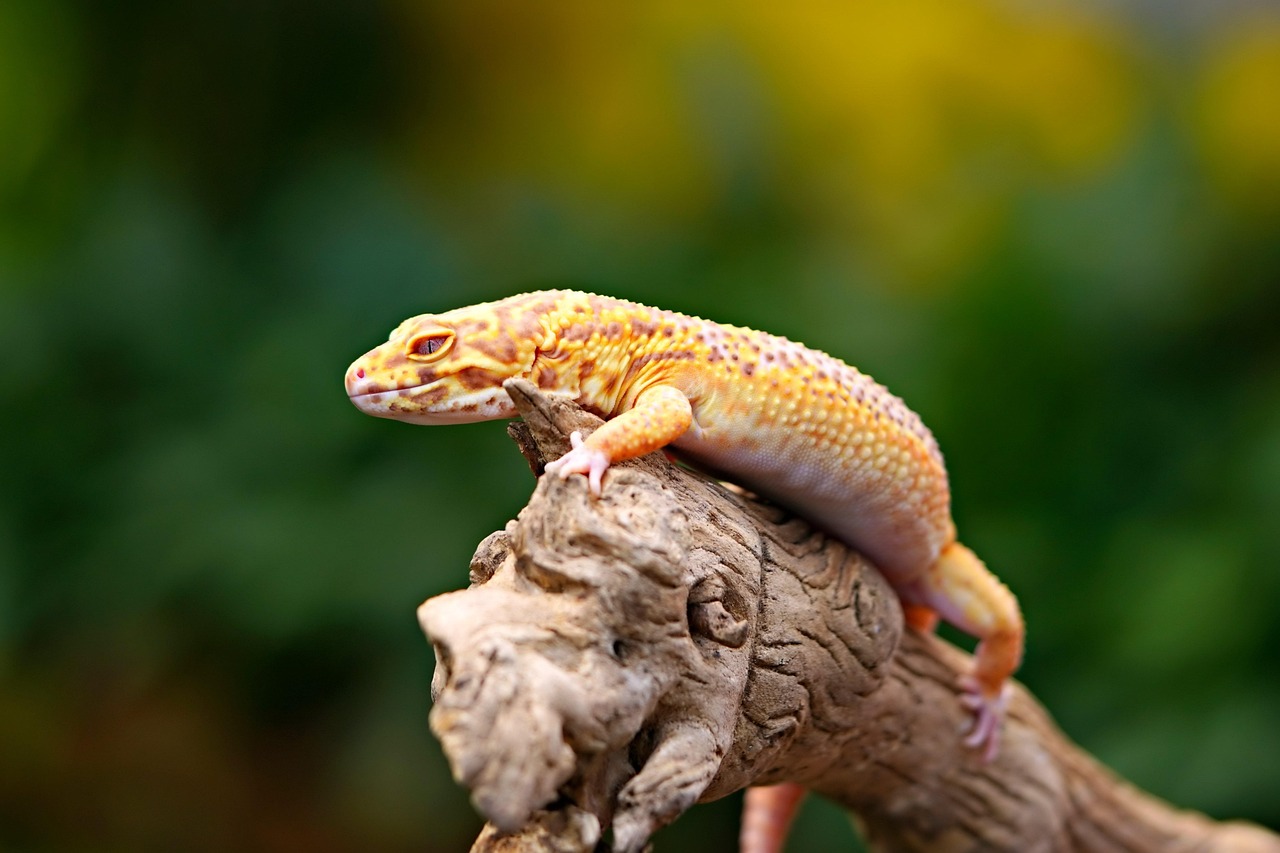
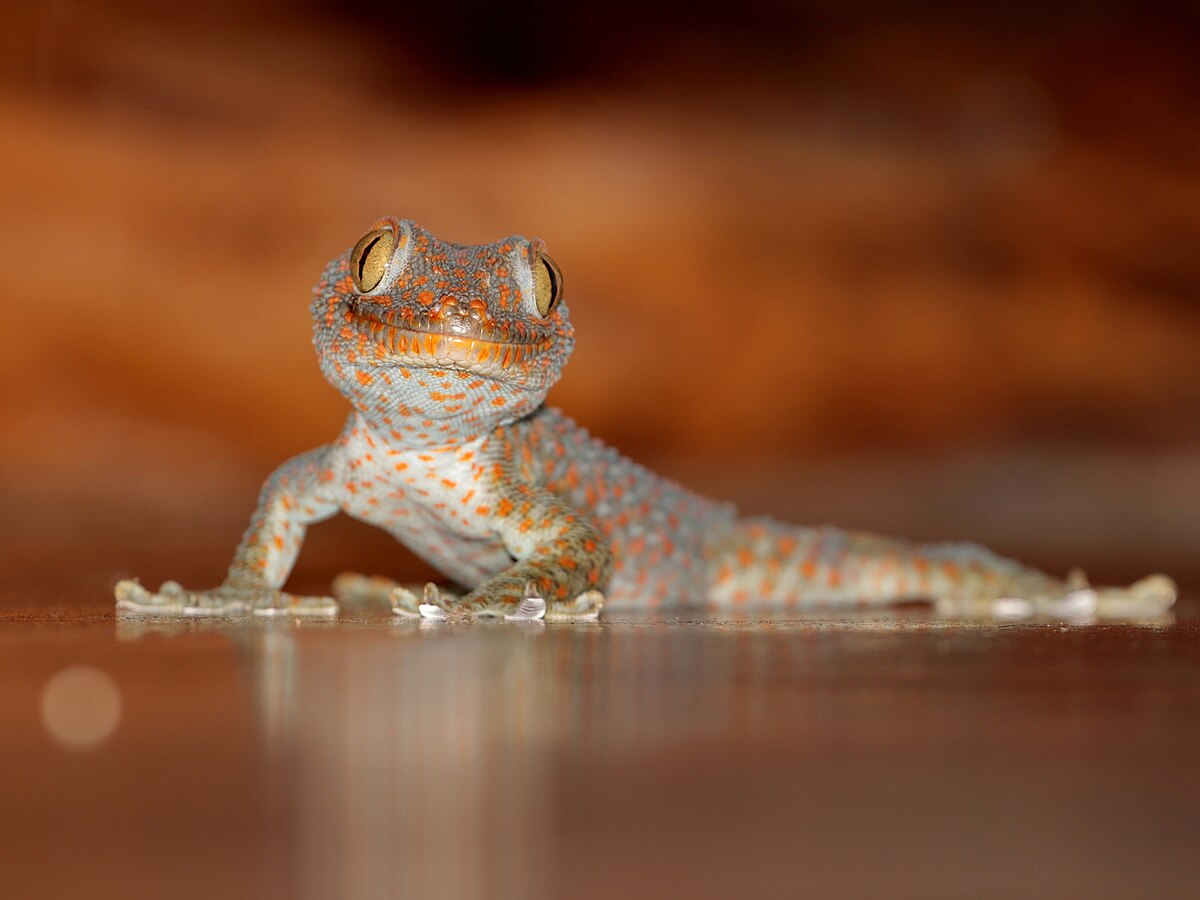

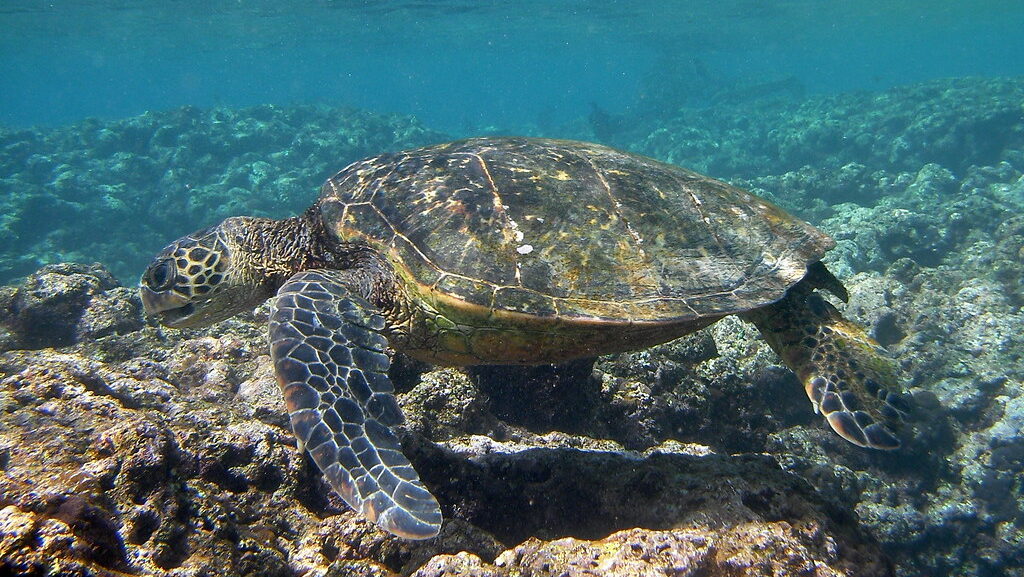
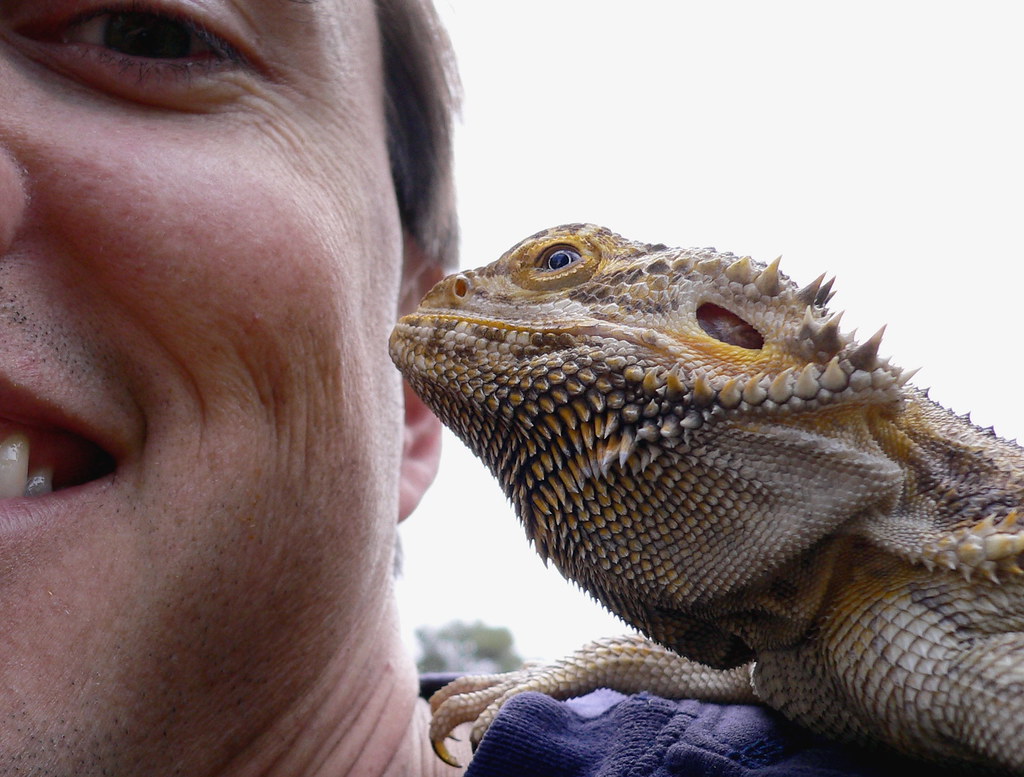
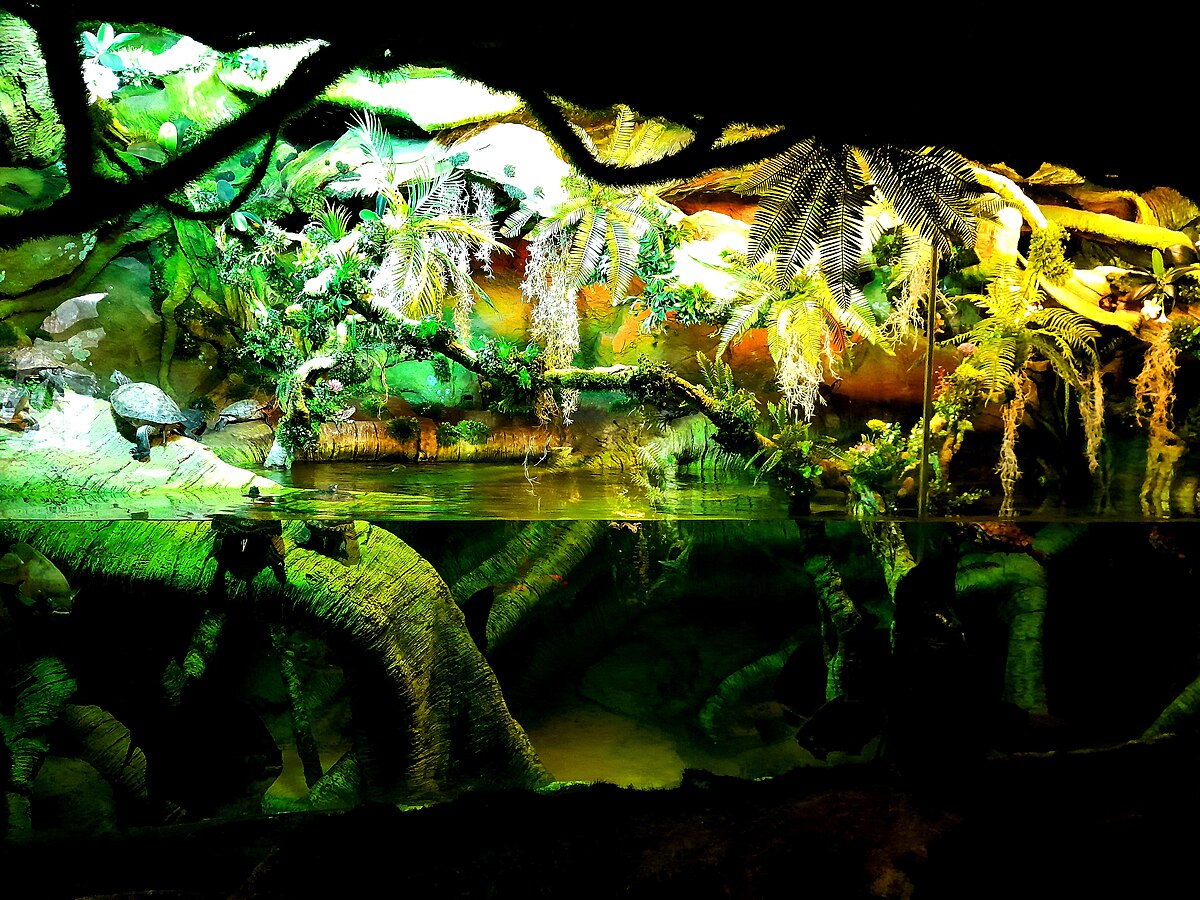


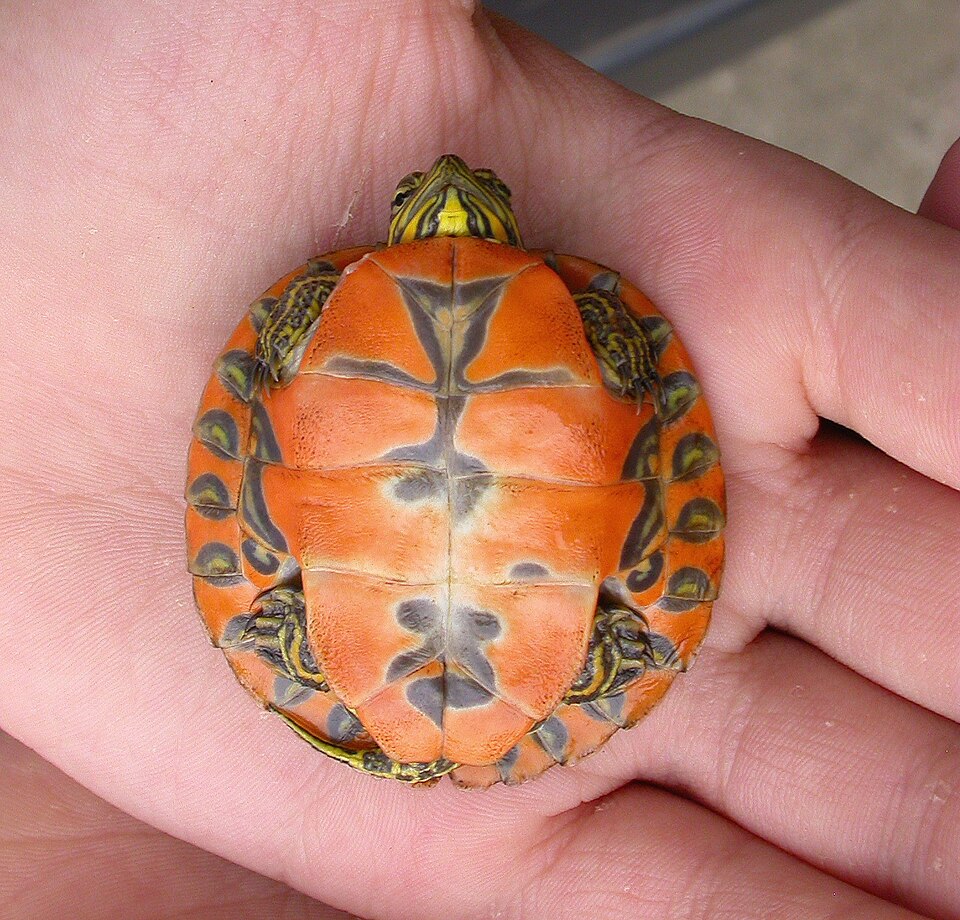
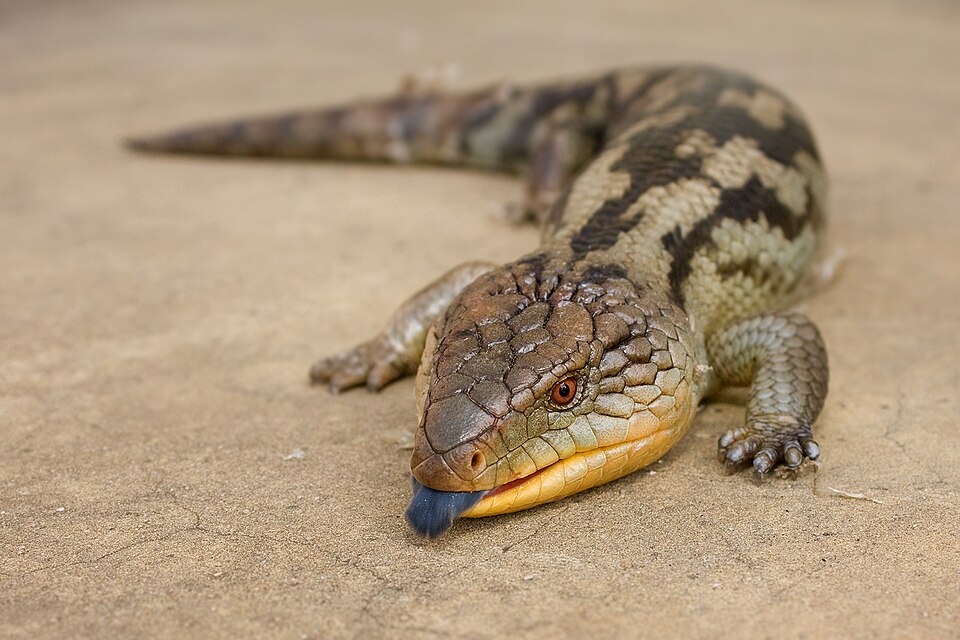

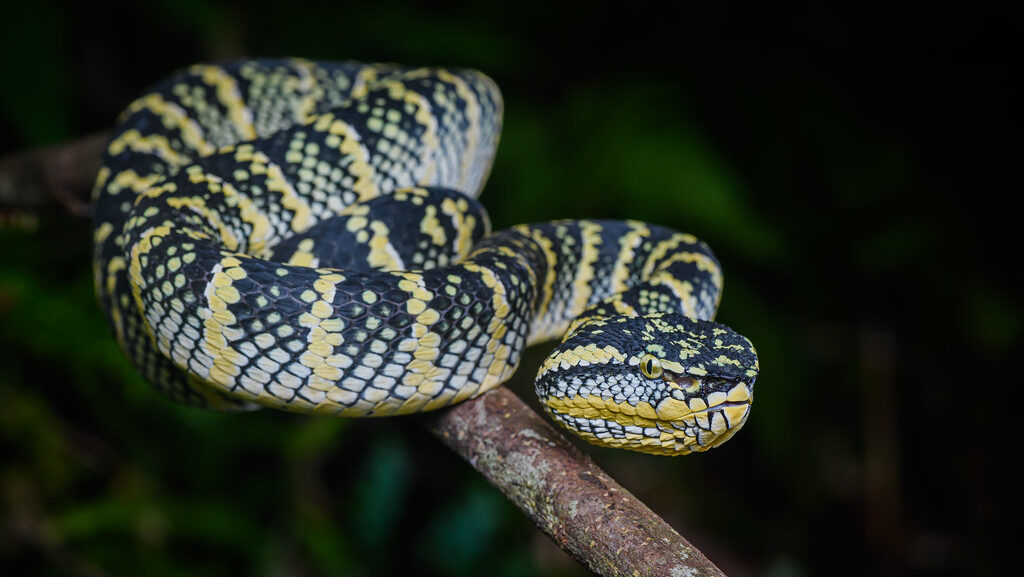
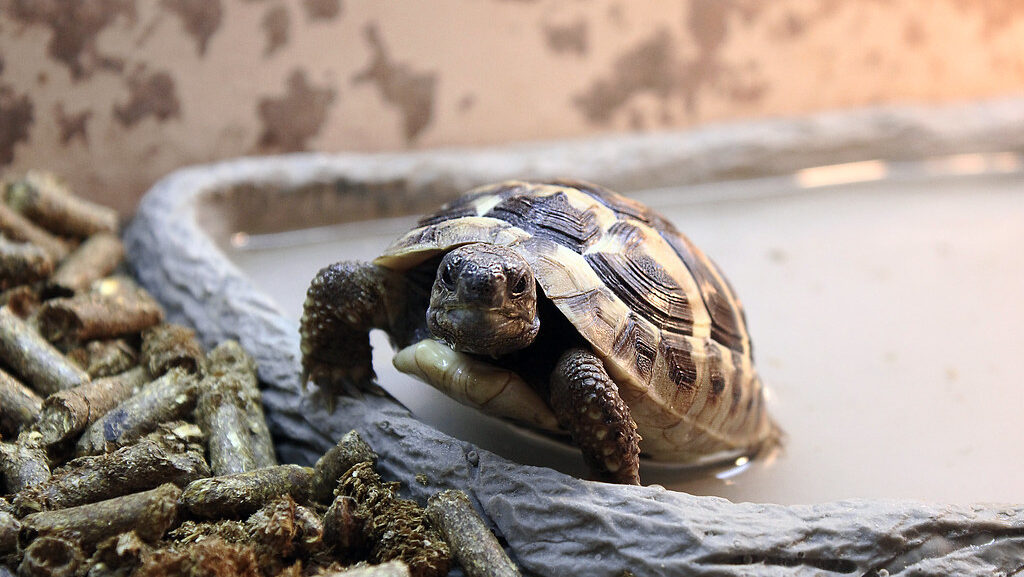

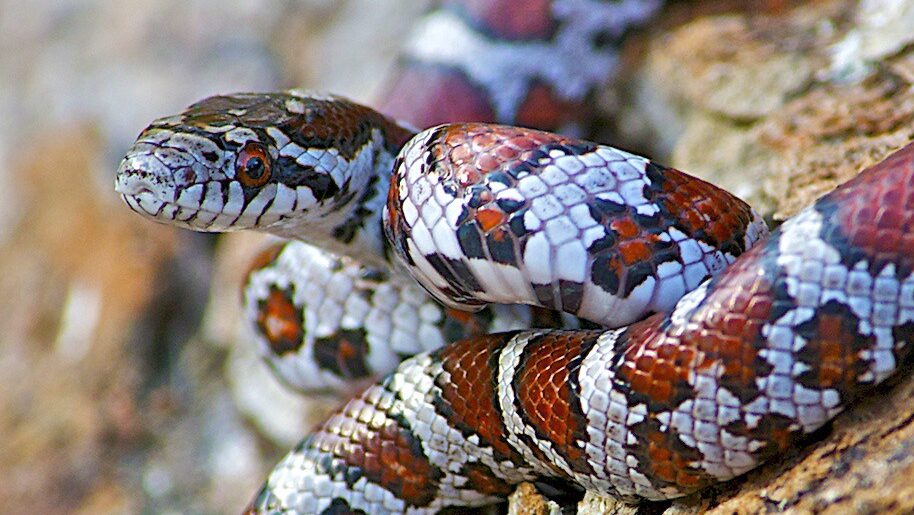
Leave a Reply